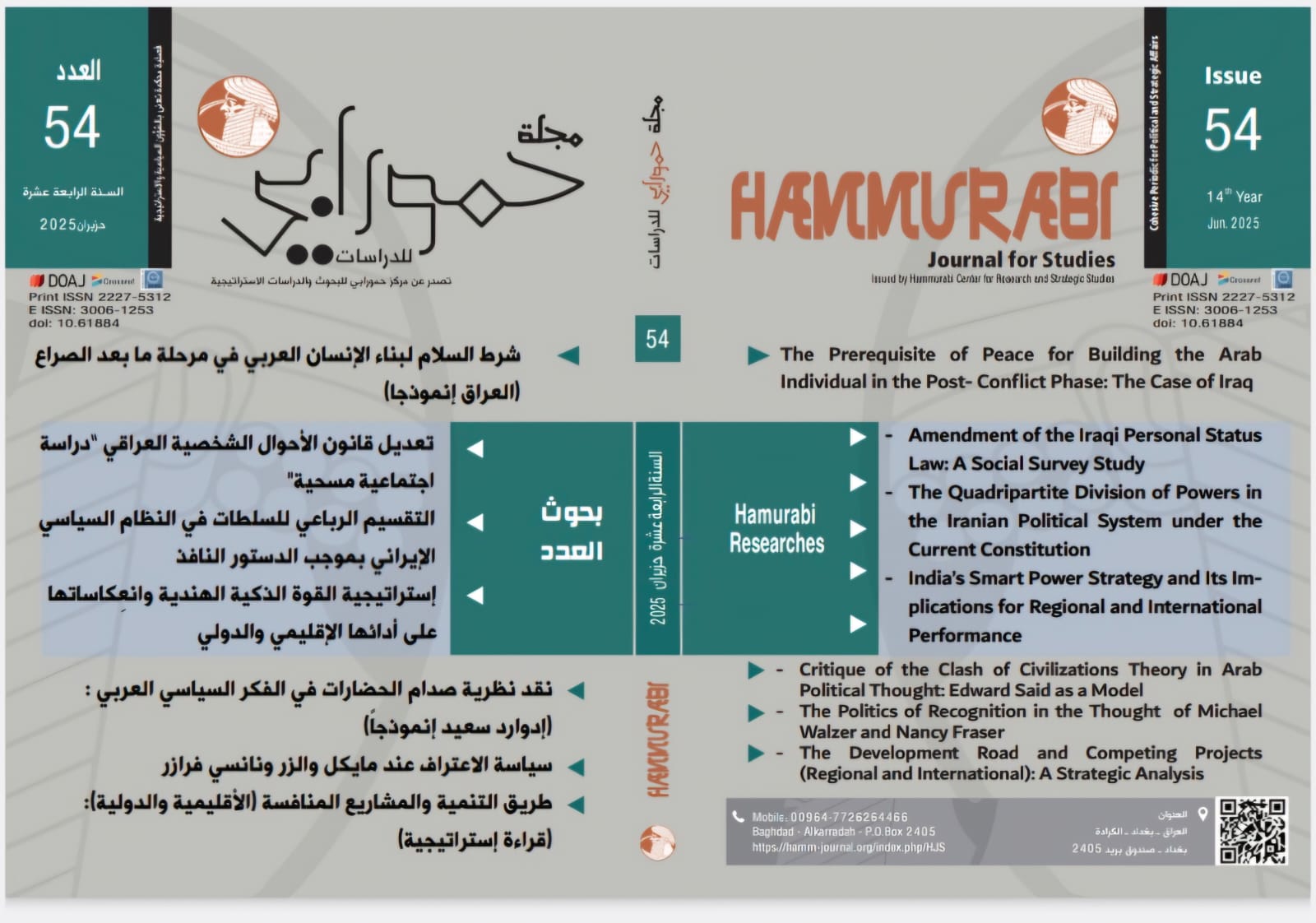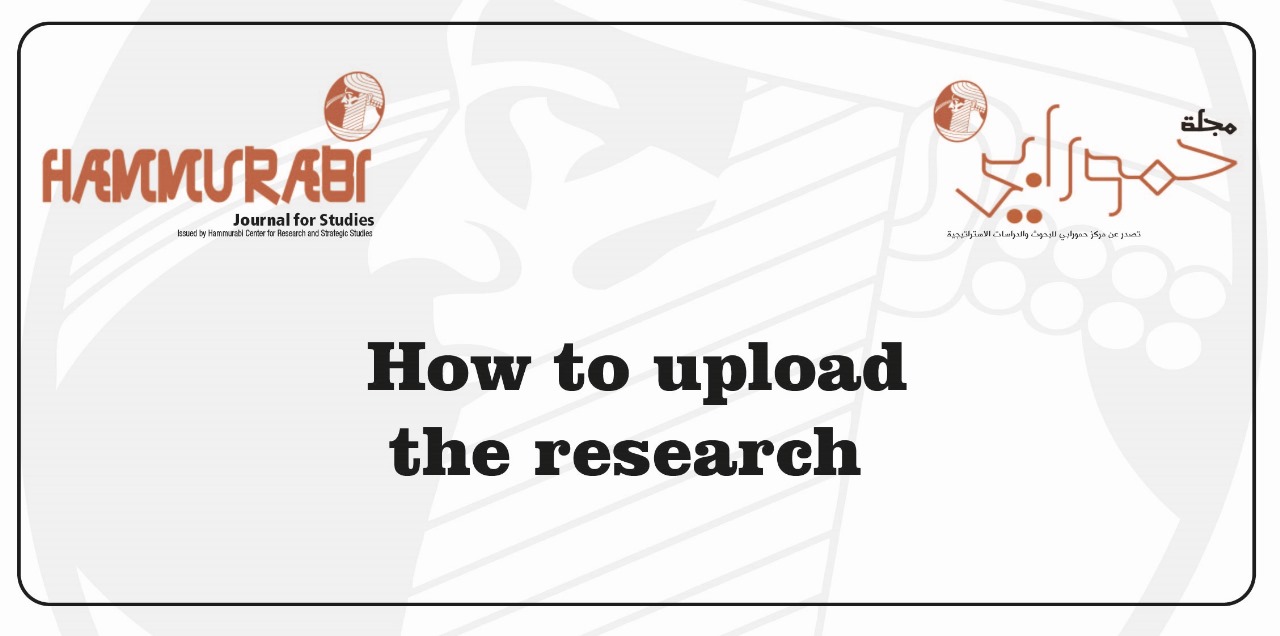2- The Quadripartite Division of Powers in the Iranian Political System under the Current Constitution
DOI:
https://doi.org/10.61884/hjs.v14i54.600Abstract
The Islamic Revolution in Iran triumphed in 1979, overthrowing the Pahlavi regime and paving the way for the institutionalization of Velayat-e Faqih (Guardianship of the Jurist) as the foundation of political authority. This marked the emergence of a significant political role for the jurist in establishing an Islamic government that acts as a representative of the Awaited Imam, Imam Mahdi (peace be upon him), in governing the Islamic nation. This system demonstrated the capacity to pragmatically employ realist tools in both domestic and foreign policy. Post-revolutionary Iran adopted a unique Islamic system of governance, aiming to present a modern model of Islamic rule through the concept of the "Islamic Republic"—a synthesis between the Western notion of a republic and the religious concept of Islamic governance.
Keywords: Iranian Constitution of 1979, Theory of Absolute Jurisprudence, Civil Governance, Theocratic Theory, Guardian Council, Powers of the Supreme Leader(Velayat-e Faqih)












